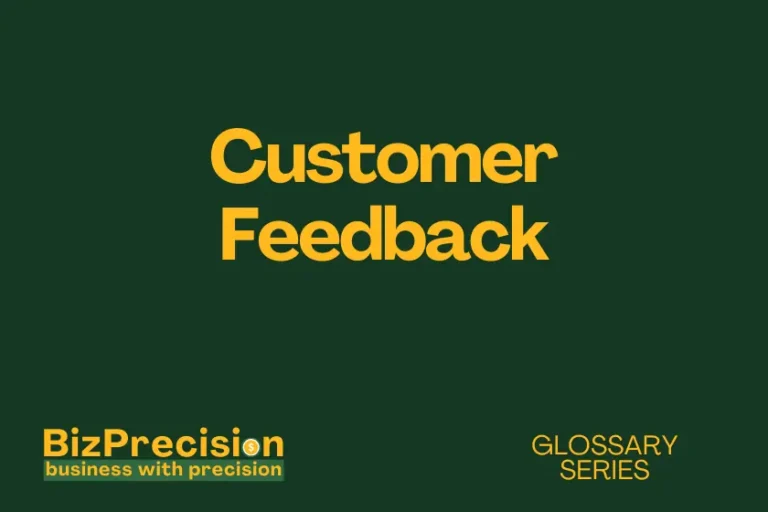What is the AARRR Pirate Metrics Framework?
The AARRR Pirate Metrics Framework is a data-driven model that tracks customer behavior through five key stages: Acquisition, Activation, Retention, Referral, and Revenue.
This framework helps businesses measure and improve their growth at each stage of the customer journey. Dave McClure created this approach to help startups focus on metrics that matter most.
According to a 2023 study by First Page Sage, companies using structured growth frameworks like AARRR saw a 47% higher customer retention rate compared to those without formal tracking systems.
Let’s explore how AARRR metrics framework can transform your business growth strategy and why it’s nicknamed the “Pirate Metrics” (hint: try saying AARRR out loud).
Understanding the Five Stages of AARRR
Acquisition Metrics
Getting new users to find your product starts the whole growth process. Think of acquisition as opening your store’s front door.
Key acquisition channels often include:
- Search Engine Marketing: Drives 41% of B2B company acquisitions. This channel works well because it targets users actively looking for solutions. Google Ads campaigns typically show results within the first month of implementation.
- Social Media Marketing: Brings in 23% of new B2B customers. Platforms like LinkedIn and Twitter help reach decision-makers directly. Regular posting three times per week keeps engagement steady.
- Content Marketing: Generates 67% more leads than traditional marketing. Blog posts, whitepapers, and videos build trust with potential customers. Creating two high-quality pieces per week maintains consistent growth.
Tracking methods focus on:
- Cost Per Acquisition (CPA): Keep this below 33% of customer lifetime value for healthy growth.
- Channel Attribution: Use UTM parameters to track which sources bring the best users.
- Visit-to-Lead Rate: Aim for a minimum 2-3% conversion rate from visits to leads.
Activation Metrics
Activation happens when users take their first meaningful action. This could mean creating a profile, making an initial purchase, or using a core feature.
Common activation events include:
- Account Creation: The basic first step that shows interest. Follow up within 24 hours to boost engagement rates by 35%.
- Feature Usage: Track when users try key product features. Most successful products see 60% of new users try core features within 3 days.
- Purchase Completion: For e-commerce, this means finishing the first transaction. Send cart abandonment emails within 1 hour to increase recovery by 20%.
First-time user experience greatly affects activation. Consider these factors:
- Onboarding Flow: Keep it under 3 minutes for optimal completion rates.
- Welcome Messages: Personalized greetings increase activation by 25%.
- Tutorial Completion: Aim for 70% completion rate of initial guidance.
Retention Metrics
Keeping customers engaged matters more than gaining new ones. Retention directly impacts your bottom line.
Key retention indicators include:
- Daily Active Users (DAU): Shows how many people use your product regularly. Healthy products maintain a 20% DAU/MAU ratio.
- Churn Rate: Measures how many customers you lose. Keep monthly churn under 5% for sustainable growth.
- Engagement Score: Tracks how often users interact with features. Successful products see users engage 3-4 times per week.
Calculate customer lifetime value (CLV) using this formula:
- Average Purchase Value × Average Purchase Frequency
- Multiply by Average Customer Lifespan
- The result shows how much each customer is worth long-term
Referral Metrics
Word-of-mouth marketing drives sustainable growth. Happy customers bring new users at little cost.
Key referral metrics to track include:
- Viral Coefficient: Measures how many new users each current user brings. A coefficient above 1.0 means exponential growth. Companies like Dropbox achieved this by offering extra storage for referrals.
- Net Promoter Score (NPS): Shows customer satisfaction on a scale of -100 to 100. Top companies maintain scores above 50. Send NPS surveys after key milestones like successful product use.
- Referral Conversion Rate: Tracks how many referred leads become customers. Average rates hover around 2.35%, but strong referral programs can reach 8%.
Create effective referral programs by:
- Offering Two-Sided Rewards: Both referrer and referee get benefits
- Making Sharing Simple: Use one-click social media buttons
- Following Up Quickly: Contact referred leads within 48 hours
Revenue Metrics
Money matters track business health. Clear revenue metrics help make smart growth decisions.
Essential revenue tracking includes:
- Monthly Recurring Revenue (MRR): Shows predictable income stream. Healthy businesses see 10-15% MRR growth monthly.
- Average Revenue Per User (ARPU): Measures how much each customer spends. SaaS companies typically aim for $100+ ARPU for sustainable growth.
- Customer Acquisition Cost (CAC) Payback: Shows how long it takes to recover acquisition costs. Keep this under 12 months for good cash flow.
Monitor these purchase patterns:
- First Purchase Timing: Track days from signup to purchase
- Repeat Purchase Rate: Measure percentage of returning customers
- Cart Size Trends: Watch for changes in average order value
Implementing AARRR Framework
Setting Up Metrics
Start tracking AARRR metrics framework step by step. Focus on data that drives decisions.
Choose these essential tools:
- Analytics Platforms: Google Analytics tracks basic user flow. Set up goal tracking for key actions.
- Customer Data Platforms: Tools like Segment unite data sources. Connect your tech stack within two weeks of setup.
- Heat Mapping Tools: Hotjar shows how users interact with pages. Review maps monthly to spot issues.
Collect data systematically:
- Define one owner per metric
- Set weekly review schedules
- Create simple dashboards anyone can understand
Analysis and Optimization
Turn data into growth through smart testing. Small changes often bring big results.
Focus on these areas:
- Conversion Funnel: Test each step from visit to purchase. Fix the biggest drops first.
- User Feedback: Gather insights through surveys and interviews. Talk to five customers weekly.
- A/B Testing: Try new ideas on small user groups. Run tests for at least two weeks.
Compare your results against these benchmarks:
- Industry standards for each metric
- Your historical performance
- Competitor analytics when available
Common Challenges
Watch for these typical problems when using AARRR:
- Data Accuracy Issues: Use these fixes:
- Set up proper tracking codes
- Test data collection weekly
- Clean your database monthly
- Tool Integration: Solve common problems by:
- Documenting all connection points
- Testing data flow regularly
- Having backup manual processes
- Team Alignment: Keep everyone focused by:
- Setting clear metric owners
- Sharing weekly progress
- Celebrating small wins
Conclusion
The AARRR Pirate Metrics Framework turns complex growth data into clear actions. Start with one metric per stage and build from there.
Take these next steps:
- Pick your most important metric for each AARRR stage
- Set up basic tracking this week
- Schedule your first data review
Remember, good metrics guide decisions. Better decisions lead to faster growth. Start measuring what matters today.







